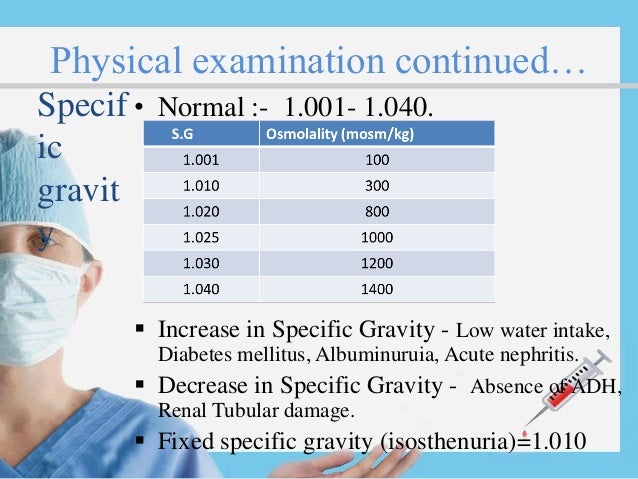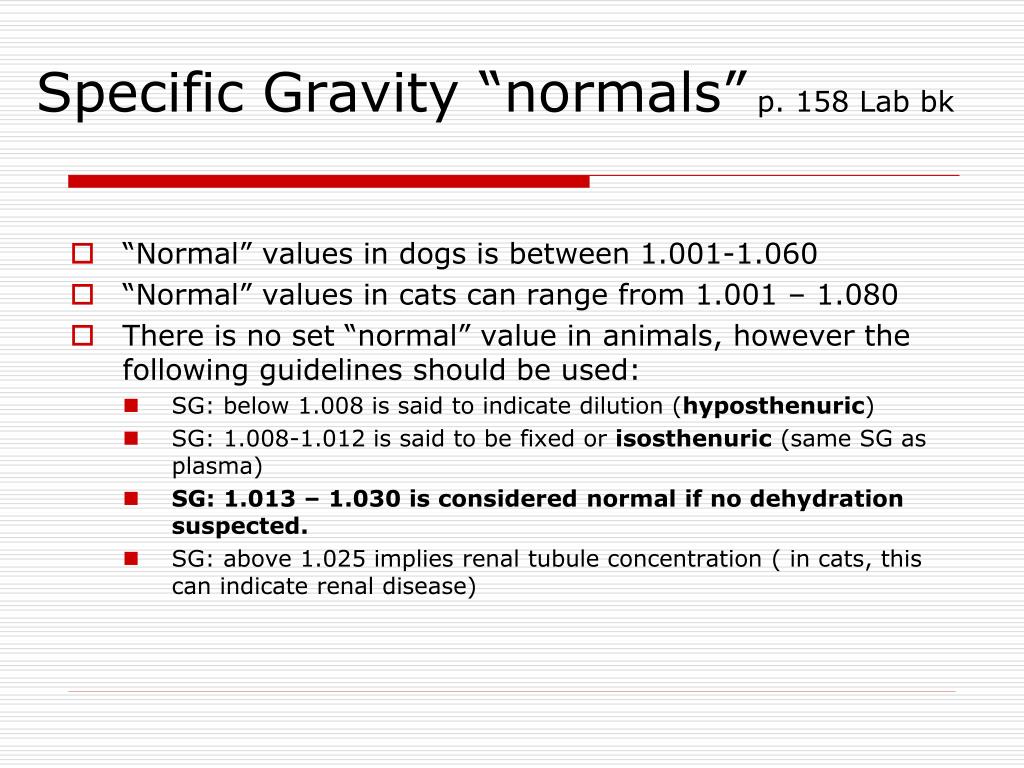
(2000) NationalĪthletic Trainers’ Association position statement: fluid replacementįor athletes.
Casa DJ, Armstrong LE, Montain SJ, Rich BSE, Stone JA. "Urinary indices during dehydration,Įxercise, and rehydration." Int. Armstrong, L.E., Soto, J.A., Hacker, F.T., Casa, D.J., Kavouras,. Of urine specific gravity, urine osmolarity, and urine color (Armstrong For a more simple test of hydration you can use urine color.Ĭomments: There is a minimal difference in the accuracy of the related measures The refractometer should be calibrated before you begin testing, and after every ten samples or so to ensure that the calibration remains accurate.Īdvantages: The handheld refractometer is very easy to operate.ĭisadvantages: This test requires the collection of urine (which is sometimes difficult) and the purchase of a specific apparatus for measurement. 
If any of these situations occur then the test Urine specific gravity to change and give incorrect readings of dehydration.
Certain medicines, vitamins or the presence of glucose may cause the. To collect samples prior to or post-exercise, though there mayīe a time delay for the effect of dehydration to show in the specific gravity measure. The fourĬollected first thing in the morning. Usg values can also be categorized into levels of A simple value that is commonly stated as indicating dehydration is a value of 1.15 or greater. There are several criteria that are used in the literature to indicate dehydration. However, doctors cannot specify low, acceptable, or high values because many factors. The specific gravity results will range from 1.000 (which is equivalent to water) up to 1.035 (very dehydrated). Doctors consider the result of a urine specific gravity test to be normal if it is within the range 1.0031.030. Specimen can be stored in refrigeration for later analysis. Results: The measurement may be done immediately after collection, or the Hold the refractometer up towards an area of natural light, look through the eyepiece and read the specific gravity level off the scale - the point where the contrast line (difference between light and dark areas) crosses the scale. Place a drop of urine on the glass plate and close the flap. Clean with distilled water and dry with a soft non-abrasive cloth. Open up the flap at the end of the refractometer. 
This should be done before you begin testing, and after every ten samples or so to ensure that the calibration remains accurate. Calibrate the refractometer by placing distilled water on the glass as the sample, and adjusting the scale to read 1.000. The sample can be measured immediately or stored for later measurement. Stream is discarded, then a small sample of urine is collected A normal balanced diet should be consumed several days beforehand.Patients who have undergone recent surgery are also not advised for urine specific gravity tests because of unreliable results.Diagnostic tests like medical imaging studies or X-rays can alter the results because of the hyperactivity of the kidneys.Certain medications can make the urine appear more or less concentrated.There are a few factors that may compromise the accuracy of the results of the specific gravity test of the urine. Patients should not be concerned of any pain from the specific gravity test as it only involves urination to obtain the specimen.Low-cost instruments are utilized for the specific gravity test, leading to quick and effective results.The second part of the urine stream is used as specimen, not the first part.
 The test can be conducted through the help of clean-catch-urine procedure, where the urine sample is collected through a sanitized container.
The test can be conducted through the help of clean-catch-urine procedure, where the urine sample is collected through a sanitized container. 
Other diseases that can be diagnosed from urine specific gravity test include Addison’s disease, renal tubular necrosis and Aldosteronism.Chronic renal disorders are indicated by constant specific gravity.If there is raised specific gravity, the body may be suffering from diarrhea, profuse sweating, dehydration, glucosuria, nephrosis, heart ailments, congestive cardiac failure or liver diseases.








 0 kommentar(er)
0 kommentar(er)
